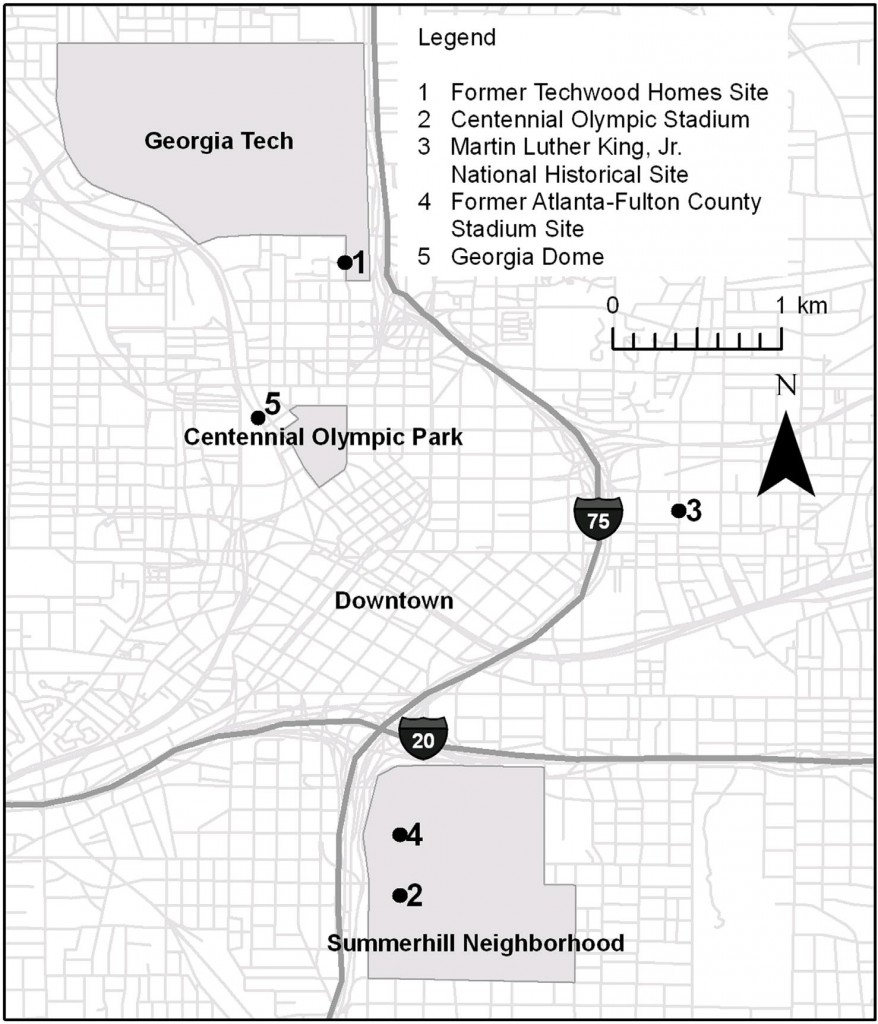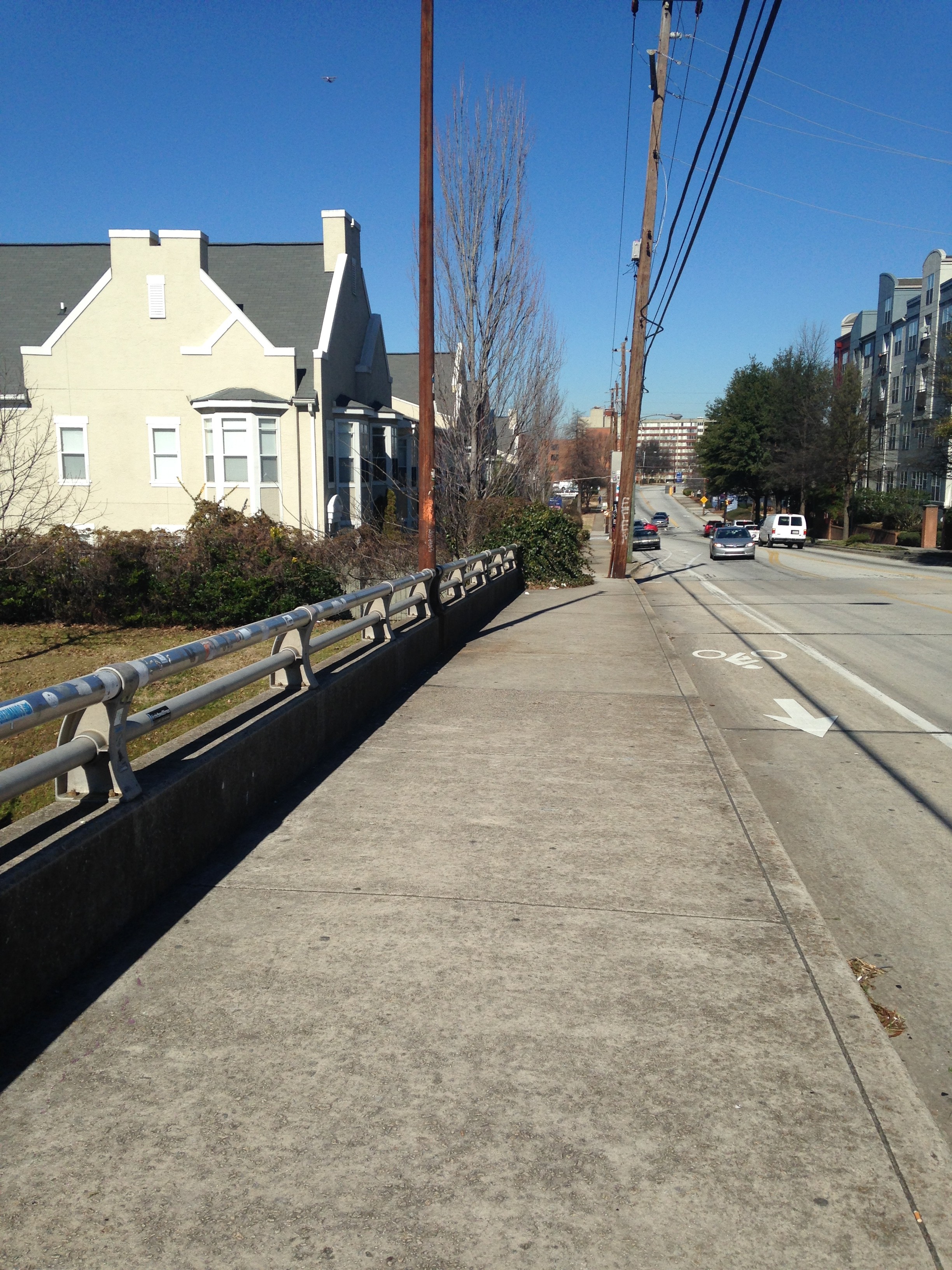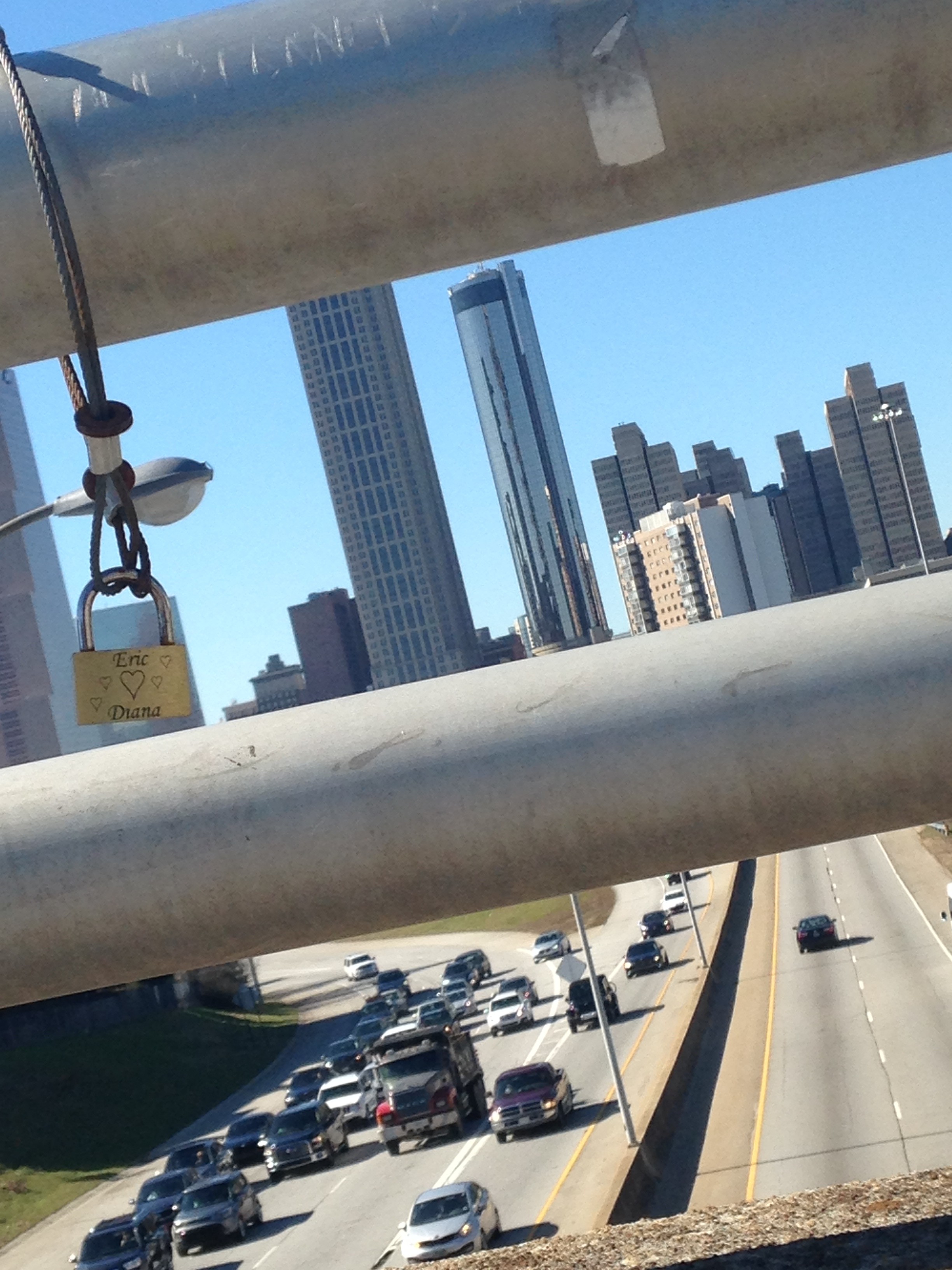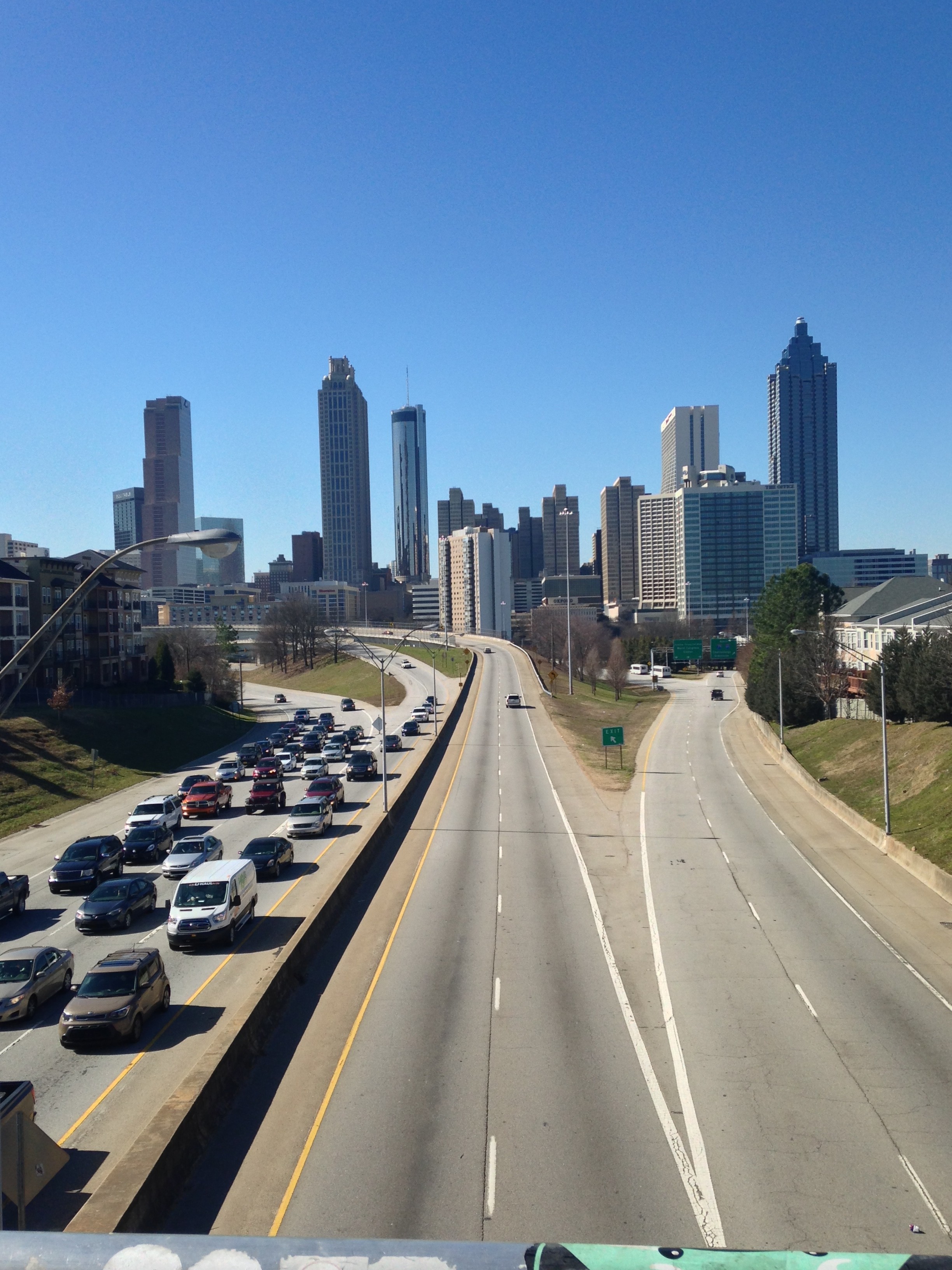College campuses are universally supposed to be known as “distinct” community from the cities around them. A problem that campuses face is providing good learning spaces for the diverse evolving needs of each college student. More and more college students are becoming enrolled in higher education institutions. This means even more expectations and demand for accommodations are being placed on universities that it must take in consideration in regards to decision-making and the campus. The latest research states that how a university space is designed and used effect the entire student body. The authors of this essay suggested that natural landscape should be considered an attentional learning resource for students.
College is a stressful but fulfilling part of a student’s life. Most learning doesn’t happen in the classroom. Depending on the university, students can be seen studying in residential halls, cafeterias, lounges, computer labs, quads, and many more. The authors declare that these areas must be perceived as universal learning spaces. They even go as far to say that an entire campus must be seen this way in order for students to get the most success out of their enrollment. If this can be achieved then it promotes a sense of belonging to the learning community for everyone.
Historically, campuses were built in remote places. Founders of these institutions wanted to create a community that was to be secluded from the surrounding city. This idea was put in place so that students and faculty could devote time and attention for learning, growth, and expression. There were many open green spaces in the early American institutions after the Morrill Act in which granted huge amount to land to universities; however construction wasn’t being done during the Great Depression and World War era. When the market was back to normal and people were enrolling, universities began filling their open spaces with parking lots, and standalone structures that didn’t contribute with the existing campus style. Certain elements of a campus still remain today crucial to its identity. More than ever, campuses are starting to implement construction on “green infrastructure” to support the political problem of environmental protection.
“A well designed campus was an integral part of the educational experience of students…” is a quote from the authors. They bring the attention to the idea of the Attention Restoration Theory. This theory discusses the benefits of human-nature interaction. In similar terms, the theory discusses the idea of nature acting as a trigger for the brain to “restart” or “refresh”. The authors define nature as “the physical features and processes of nonhuman origin that people ordinarily perceive, including living nature…” If a campus contains a holistic landscape, it will have a positive effect on students because it will maintain cognitive function. After a day of sitting in class, a student can feel quite drain. The authors’ idea is that if presented with just a little bit of nature, it will increase their cognitive function which will directly result in better performance on assignments. They point out that nature plays with the in-attentional mind so that the attentional mind can reviving itself in order to do better on task. Green spaces hold as a cognitive benefit to students because it will reduce the levels of fatigue and stress. The authors further enforce the idea that college campuses should create more open holistic learning spaces for the maintenance and effectiveness of a quality higher learning experience.
Sources used –
Scholl, Kathleen, & Gowri Betrabet Gulwadi. “Recognizing Campus Landscapes as Learning Spaces.” Journal of Learning Spaces [Online], 4.1 (2015): n. pag. Web. 16 Feb. 2016







